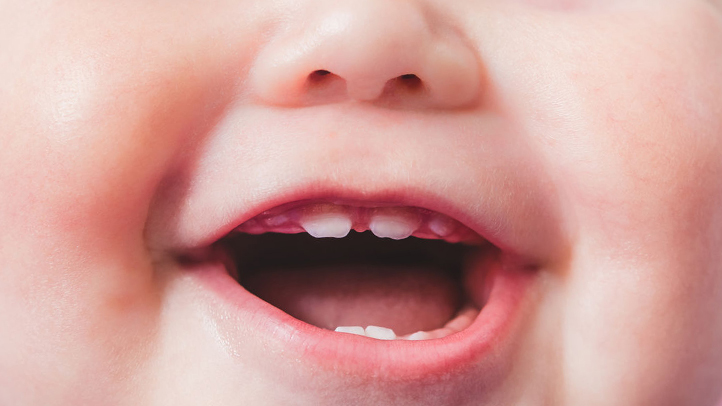Preserve Your Child’s Baby Teeth: They Could Be Life-Saving in the Future
Doctors are encouraging parents to consider saving their baby’s teeth, as they could potentially save their child’s life if they develop a serious illness in the future.
In 2016, 7-year-old Jenson Wright was diagnosed with leukemia, which had spread throughout 65% of his body. This was his second cancer diagnosis, having previously battled both lymphoma and leukemia at the age of four. After two rounds of chemotherapy failed, Jenson’s parents were left feeling hopeless, fearing that their son might not survive.
Jenson’s mother, Carolyn, shared an emotional post on Facebook, detailing how the cancer was spreading so rapidly that they feared the worst. However, a miracle occurred that would change everything. A mother from Texas had selflessly donated her child’s umbilical cord, and this act of kindness would save Jenson’s life. The stem cells from the donated umbilical cord were stored for medical purposes and were eventually used to treat Jenson’s cancer.
The stem cells, which are described by the Mayo Clinic as cells that “self-renew” and can differentiate into other types of cells like brain, heart, or bone cells, were transplanted into Jenson. Just five days after the groundbreaking surgery, the healthy stem cells from the cord blood began to fight the cancer within Jenson’s body. As Carolyn shared, “What was no longer needed by one child, gave life to another.” By 2019, Carolyn announced that doctors had declared Jenson cancer-free, and he was officially off the clinic’s follow-up list. Now, Jenson is a healthy 16-year-old high school student.
This success story is leading researchers to explore the potential of saving a child’s baby teeth as a form of “biological insurance.” The idea behind dental pulp stem cell banking is that the stem cells in baby teeth could one day be used to treat diseases or injuries in the future.
According to a report published by the National Library of Medicine, stem cells from human exfoliated deciduous teeth (baby teeth) are considered the best candidates for personal cell banking. These cells can be collected non-invasively during the natural process of losing teeth. Most importantly, because the stem cells come from the child’s own body, there is no risk of rejection if they are later used to treat a medical condition.
Instead of discarding a child’s lost tooth, parents can send it to a stem cell bank, where it will be preserved for future use. Baby teeth contain a specific type of stem cell found in the dental pulp, called mesenchymal stem cells (MSCs). These cells have the potential to regenerate damaged tissue, grow new cells, and repair organs. Unlike controversial embryonic stem cells or invasive bone marrow stem cells, dental stem cells are collected through a simple, non-invasive process. The tooth is stored in controlled conditions to keep the stem cells viable for future use.
While the promise of dental stem cells is groundbreaking, the science is still evolving. Research into the potential uses of dental pulp stem cells (DPSCs) shows promising results, but real-world therapies are still in development. The current challenge lies in determining how, when, and for which medical conditions these cells will be most effective.
Private stem cell banks offer parents the option to store their child’s baby teeth, but there are costs associated with collection and long-term storage. These fees can add up over the years, and while some parents may find peace of mind knowing they’ve taken a precautionary step for their child’s future health, others may question whether the investment is worthwhile, especially considering that the likelihood of ever needing the stem cells is uncertain.
On the other hand, public stem cell banks, such as those that store cord blood, provide more immediate benefits for medical treatments and are already in use for various therapies. Given that public banks offer an established medical service, some parents may find it more practical to invest in these more conventional options rather than explore experimental possibilities.
In conclusion, while the concept of saving baby teeth as a form of stem cell banking holds promise, it remains a developing field. Parents must weigh the potential benefits of preserving their child’s dental stem cells against the costs and the uncertainty surrounding future medical applications. Regardless, the idea of having a “biological insurance policy” in the form of stem cells from baby teeth is a fascinating and hopeful option for the future of medicine.
